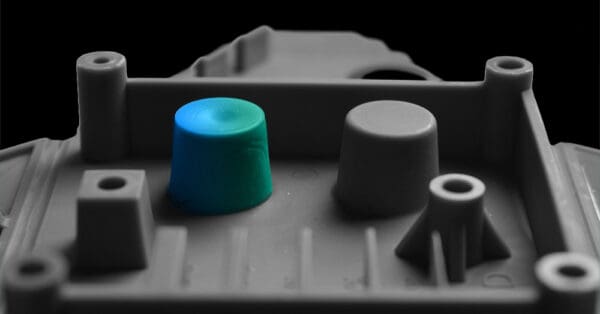
Plastics for Safe and Sustainable Power Distribution – LATI & EFEN’s Case Study
The first materials used to insulate parts coming into direct contact with electrical current were ceramics. Then, over the years, thermosetting resins, such as Bakelite, replaced porcelain insulators in many situations. In more recent times, these materials have often made way for self-extinguishing thermoplastics.
The unmatched strengths of ceramics, namely their very high dielectric strength, heat stability, chemical resistance, and inalterability over time, explain why they are still used today in manufacturing medium and high-voltage insulators.
The challenge facing Efen Gmbh: replacing ceramic with LATI self-extinguishing compounds
Efen Gmbh is a leading German producer of electrotechnical components used in the management and distribution of electricity in both industrial and household applications. Efen, too, uses porcelain insulators inside its fuse holders, switches and junction boxes.
However, the remarkable intrinsic safety of these ceramic parts has to be weighed up against a series of inevitable disadvantages linked to the material itself: the difficulties encountered during the installation and assembly, the fragility of these parts, which complicates screwing and fixing operations, and finally the weight and the price of ceramic.
Efen decided to take on the challenge of replacing the ceramic in its NH fuse holders and switches with LATI’s self-extinguishing thermoplastic compound LATAMID 66 H2 G/50-V0HF1. This project certainly presented many unknowns, but all were brilliantly addressed and overcome thanks to the performance of the compound, which is made up of a PA66 matrix reinforced with 50% glass fibre and is flame resistant thanks to a modern additive system with a low environmental impact and free of halogens and red phosphorus.
LATAMID 66 H2 G/50-V0HF1 – high performance and sustainable
Thanks to not only its stress at break (almost 200 MPa) but also its exceptional elongation at break, resilience and modulus of elasticity values, LATAMID 66 H2 G/50-V0HF1 boasts mechanical strength that is unmatched in the field of flame-retardant plastics. Its excellent resistance to creeping currents, borne out by its 600V CTI value, makes it safe to use even in the case of high-voltage applications.
A key aspect is its flame resistance, certified by a UL94 rating of V0 for up to 0.4 mm, a really low thickness limit considering the composition of the compound.
The validity of LATI’s proposal is further confirmed by the fact that this product is widely used in equally demanding applications, such as the railway sector, where low fume emission and toxicity are imperative in the event of a fire.
It is also interesting to point out that LATAMID 66 H2 G/50-V0HF1 also represents a sustainable alternative to ceramics, thanks to more energy-efficient production and processing phases and the virtual absence of non-recoverable scrap.
After further considering the quality of LATI’s range of self-extinguishing compounds, EFEN finally opted for LATAMID 66 H2 G/25-V0HF1, a less reinforced version of the compound described above, to produce the mechanical parts of the switch button mounted on its NH vertical fuse holders.
Together, Efen and LATI are showing that operating with ever greater attention to performance and sustainability is the way to ensure reliable and lasting technical solutions.
Find more news from LATI here.






